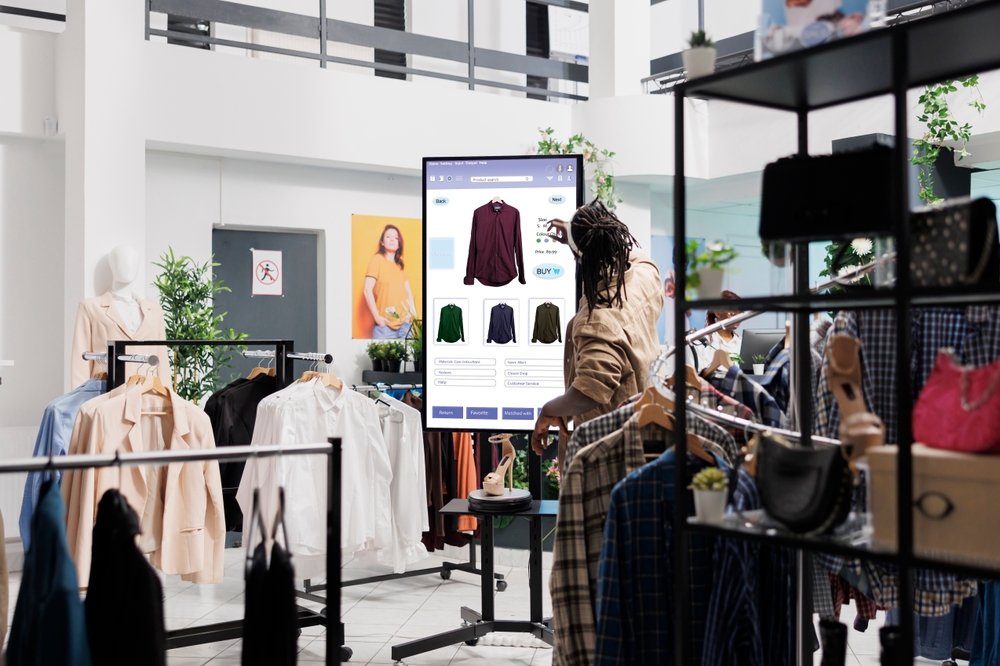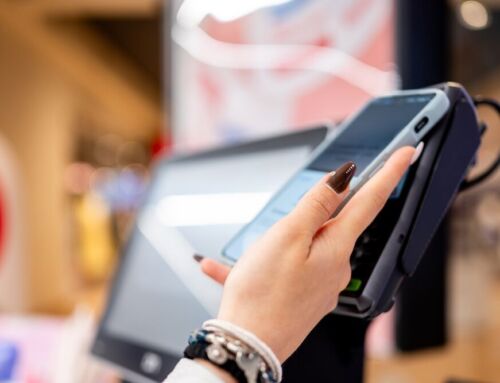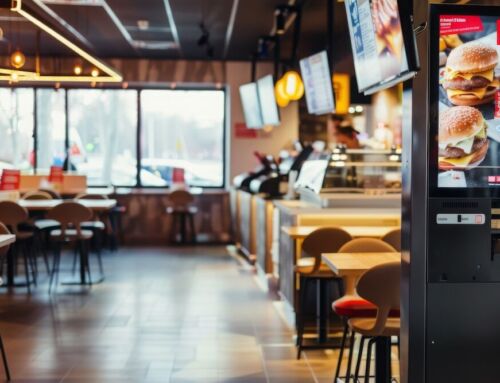Another year, another slew of headlines about weak retail performance and rock-bottom consumer confidence. On the back of a sluggish peak Christmas trading period, there is even talk of vendors being forced into pushing up prices yet again in 2025. Just what everyone wants to hear after a solid four years of spiralling inflation.
There’s no doubt that retail, and the wider economy in general for that matter, is trapped in a self-perpetuating downward spiral at present. UK consumer prices leapt by 20% between 2021 and 2024. So for every £1,000 you were spending at the back end of the COVID-19 pandemic, three years later, those same expenditures cost you £200 more. That’s significantly above the average wage increases over the same period.
Unsurprisingly, all these price hikes have had a significant impact on consumer behaviour. To put it simply, people are even more interested in getting value for money than they were before ‘cost of living’ and ‘crisis’ became somewhat synonymous terms.
But the easy assumption to make here is that everyone is cutting out all non-essential luxuries and downgrading from premium to budget wherever possible. And yes, I think all of us can relate to having to do a little cloth cutting according to our means.
Confirming quality
But as this article explains, value for many people doesn’t simply mean the cheapest price available. It’s not that everyone has suddenly stopped caring about quality. Rather, analysts are seeing consumers becoming a lot more discerning about they buy. If they are going to spend, they want to be sure they’re the real deal, in all senses of the phrase.
That means people are spending more time researching purchases, especially checking out reviews from other people online and on social media. In an age of ‘shrinkflation’ and other ruses used by brands to cut corners in order to lower costs, people are looking specifically for confirmation of quality and value.
Shouting about quality therefore becomes an opportunity for retailers even in straightened times. And with kiosks, retailers have the perfect tool to help information-hungry shoppers confirm all the credentials they are looking to tick off before deciding to buy.
Information at their fingertips
At Acante, we have long championed kiosks not just as self-service point-of-sale solutions, but as valuable sources of information on any kind of premises. In retail, this capability can elevate the entire shopping experience, especially at a time when consumers demand proof of value.
It’s a common sight these days to see shoppers swiping away on their smartphones as they browse shelves in a store. What they’re doing is looking up extra product details, comparing prices, reading online reviews, or even posting a pic to social media and asking what friends think. This ‘in-the-moment’ kind of research is just as important to the value-driven shopper as doing the work online from the comfort of their own homes.
But while nearly everyone carries a smartphone these days, mobile signal indoors, especially when there are large crowds, is not always reliable. And lots of businesses have backed away from providing free customer WiFi out of security concerns.
Using kiosks as information points ensures your customers always have reliable access to the kind of details they are looking for to make informed purchasing decisions. And the beauty of them is, you can load them with all the information you want, without worrying about the limitations of small smartphone screens, loading times etc.
Kiosks are great for product videos and detailed high-resolution graphics that aren’t always suitable to share online. You can make content interactive on the large format touchscreens, too, so you’re not just showing off your products in their best light, you’re making the experience immersive and engaging, too.
In summary, today’s value-conscious shoppers are also information-hungry shoppers, demanding details to reassure them they’re making the right choice. Kiosks can not only provide reliable access to the kind of information modern consumers want, they also help to create an engaging, interactive in-store journey.




